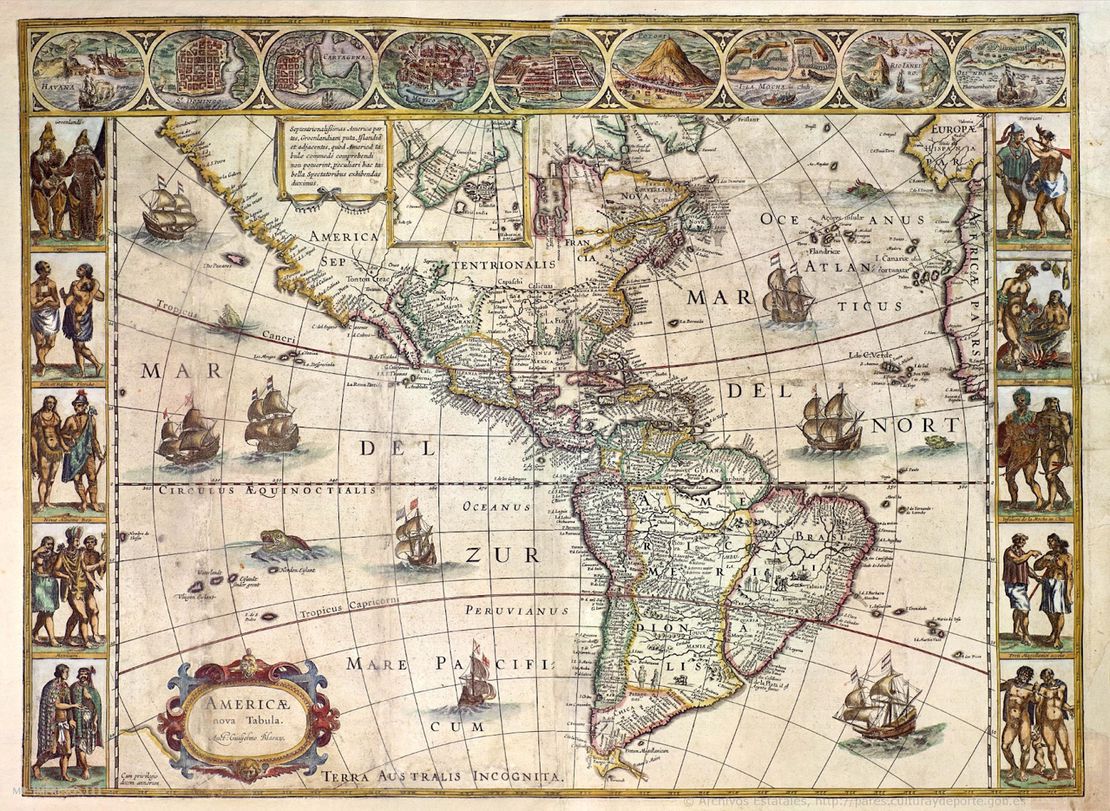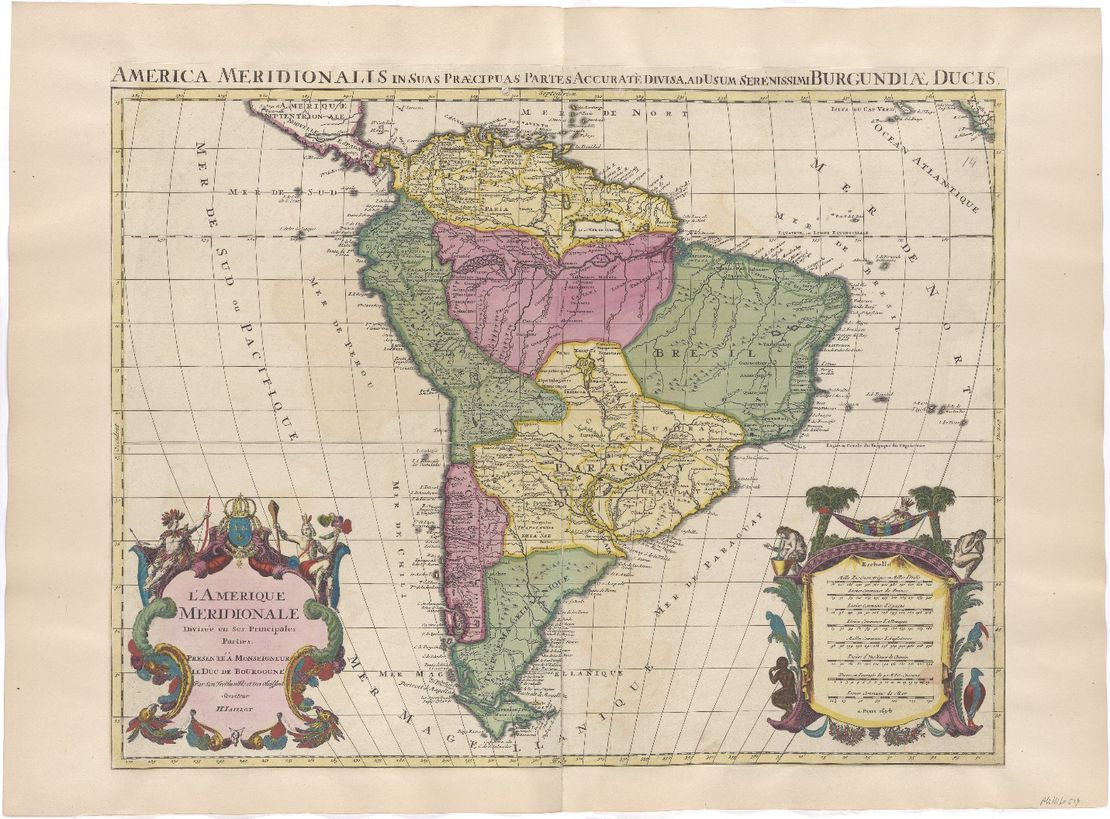Abstract
The maps section, in addition to comments and videos, gathers over 1,800 maps showing Indigenous Peoples, Cimarrones, and Afro-descendants in Abya Yala or the Americas. Most of these maps correspond to the geography of South America, Central America, Mexico, and the Caribbean, with a few covering what is nowadays the United States and Canada. It is important to stress that the maps reflect the worldview of those who produced them, as Laura Pensa explains in “The 101 of Cartography”. As can be seen in the titles and the names of peoples, many maps reflect the racism of the colonial and republican periods, as well as the ethnocentrism of academia. By reproducing these maps, our intention is not to legitimize such racist terminologies and ideologies, but rather to expose and denounce them as part of the systematic exclusion, domination, and violence against racialized peoples. We do not present the maps as sites of knowledge per se but as part of the archive students, researchers, community members, and activists can use to appreciate the historical presence of Indigenous Peoples, Cimarrones, and Afro-descendants in the territory, and understand the weight of history in the present to build more just futures.
The map collection began with a review of those existing in the territory layer of the excellent website native-land.ca. That initial compilation of maps, bibliography, and first list of Indigenous Peoples was then expanded by searching maps in historical archives, both physical and electronic, in secondary bibliography, and on governmental and non-governmental websites, both national and international. We were interested in maps from the time of colonial contact to the present. As the list of maps grew, so did the list of Indigenous Peoples, Cimarrones, and Afro-descendants represented in the territory throughout the centuries.
Each map is cataloged with a unique identifier (MAP_ID) and was coded by the research assistants on the team, according to the variables found in the database. The maps can thus be selected on our website by Peoples, the geography of present-day countries, and the period of reference of the map. Additionally, in the database, other variables can be examined, such as the author of the map, its purpose, language, and, in the case of electronic repository maps, its original website.
It should also be noted that this map collection is by no means representative or exhaustive of the entire time and space covered. It is an initial collection that can expand over time and by collective effort. It is also possible that, when cataloging the peoples mentioned in each map, some names of peoples may have been omitted by mistake or because they were assumed to be toponyms (i.e., place names) rather than ethnonyms (or names of Indigenous Peoples). If the user finds such errors, please contact us at dia-team@upenn.edu.
We hope that this initial collection of maps, while incomplete and perfectible, will help to make visible the presence of Indigenous Peoples, Cimarrones, and Afro-descendants in Abya Yala or the Americas, many of whom continue to demand their legitimate collective right to their ancestral lands.
About the Map Collection and Coding Team
The work of compiling and coding the maps was collaborative, with assistance from undergraduate, graduate, and postdoctoral fellows, directed and coordinated by the principal researcher, Prof. Tulia G. Falleti.
Undergraduate students from the University of Pennsylvania, based on their participation in the collection and coding of maps:
Adalyn Richards
Thomas Maggiola
Sergio Carballido Murcio
Norma Urrutia
Lía Fernández
Alexandra Morgan
Selene Bonczok Sotelo
Graduate students from the University of Pennsylvania, based on their participation in the collection and coding of maps:
Javier Ardila
Charlotte Williams
Santiago Cunial
Erin Wrightson
Chloe Ricks
Giovani Rocha
Postdoctoral fellows from the University of Pennsylvania, based on their participation in the collection and coding of maps:
Juan Pablo Ardila
Laura Pensa
María Atuesta
Daniela Fernandes Alarcon
George Ygarza

